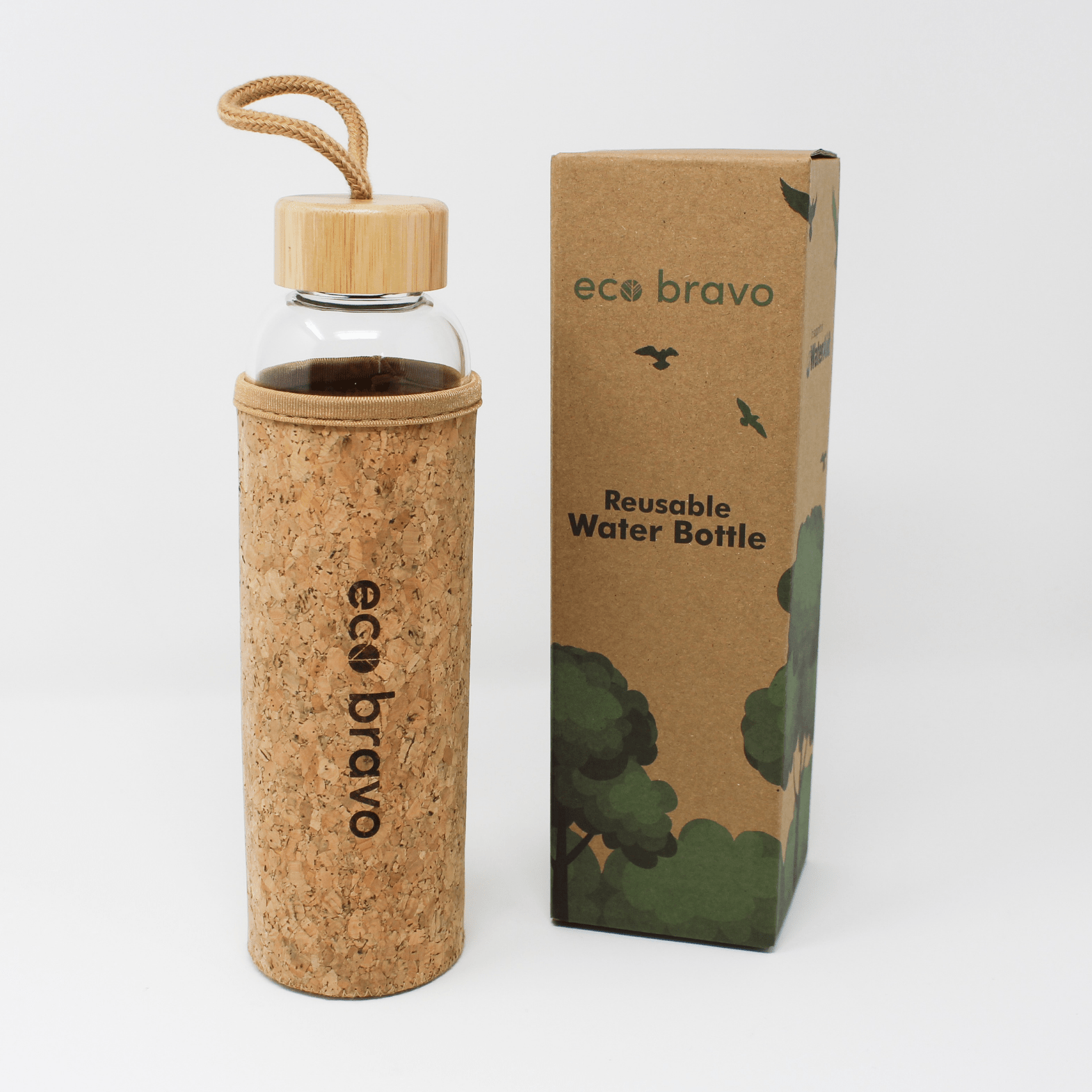
Living a green and sustainable lifestyle is not just a responsibility; it's a powerful way to positively impact the environment and create a healthier world for future generations. By adopting eco-friendly practices daily, we can reduce our carbon footprint, conserve resources, and contribute to preserving our planet. This article will explore practical green living tips that anyone can incorporate into their routines.
Embrace Energy Efficiency
Energy efficiency is a cornerstone of green living. Reducing our energy consumption can lower greenhouse gas emissions and save on utility bills. Here are some simple yet effective ways to embrace energy efficiency:
Switch to LED Lights
Replace traditional incandescent bulbs with energy-efficient LED lights. LEDs consume significantly less energy, have a longer lifespan, and emit less heat. This small switch can lead to substantial energy savings over time.
Unplug Electronics When Not in Use
Many electronic devices continue to draw power even when they're turned off. Combat this "phantom energy" by unplugging devices or using power strips that can be easily switched off when not in use. It's a smart way to save energy and reduce your electricity bill.
Opt for Energy Star Appliances
When it's time to replace old appliances, choose Energy Star-certified models. These appliances are designed to be more energy-efficient, consuming less electricity while delivering the same performance. Look for the Energy Star label when shopping for refrigerators, washing machines, and other household appliances.
Reduce, Reuse, Recycle
The three R's—reduce, reuse, and recycle—are fundamental principles of sustainable living. By incorporating these practices into our daily lives, we can minimise waste and promote a circular economy. Here's how you can put the three R's into action:
Reduce Single-Use Items

Single-use items, such as plastic water bottles and disposable cutlery, contribute to the growing waste problem. Invest in reusable alternatives like reusable glass water bottle, cloth shopping bags, and food containers. By reducing our reliance on single-use items, we can significantly reduce the amount of waste in landfills and oceans.
Repurpose and Reuse
Before discarding items, consider if they can be repurposed or reused. Get creative and find new uses for old items. For example, glass jars can be used for storing leftovers or organising small items, and old clothing can be upcycled into unique accessories or donated to those in need.
Recycle Properly
Proper recycling is crucial for reducing the strain on natural resources. Familiarise yourself with local recycling guidelines and ensure you sort recyclable materials correctly. Remember to rinse containers before recycling them to prevent contamination.
Choose Sustainable Transportation
Transportation is a significant contributor to greenhouse gas emissions. By opting for sustainable transportation methods, we can substantially impact reducing our carbon footprint. Here are some green transportation tips:
Walk or Bike

Whenever possible, choose human-powered modes of transportation like walking or cycling. Not only does this reduce emissions, but it also improves your physical health. Consider walking or biking for short trips or commuting to work if feasible.
Use Public Transportation
Public transportation, such as buses and trains, is more sustainable than driving alone. By opting for public transport, you can reduce traffic congestion and emissions. Check local schedules and routes to incorporate public transportation into your daily commute or travel plans whenever possible.
Carpool and Car-Sharing
If you need to drive, consider carpooling with colleagues, neighbours, or friends with a similar destination. Carpooling reduces the number of vehicles on the road, saving fuel and reducing emissions. Another option is car-sharing services, where you can rent a vehicle only when necessary, minimising the environmental impact of owning a car.
Embrace Sustainable Eating Habits
Our food choices have a significant impact on the environment. We can contribute to a more eco-friendly food system by adopting sustainable eating habits. Here are some tips for sustainable eating:
Eat Local and Seasonal
Support local farmers and reduce carbon emissions associated with long-distance transportation by choosing locally grown, seasonal produce. Visit farmers' markets or join community-supported agriculture (CSA) programs to access fresh, locally sourced food.
Reduce Meat Consumption
Animal agriculture is a significant contributor to greenhouse gas emissions and deforestation. Consider reducing meat consumption by incorporating more plant-based meals into your diet. Explore vegetarian and vegan recipes and discover the delicious world of plant-based alternatives.
Minimize Food Waste
Food waste is a pressing issue that wastes resources and contributes to greenhouse gas emissions. Plan meals, store food properly, and repurpose leftovers to minimise food waste. Composting is another sustainable solution for food scraps, which can enrich the soil instead of ending up in landfills.
Practice Water Conservation
Water is a precious resource, and conserving it is essential for a sustainable future. Here are some ways to practice water conservation at home:
Fix Leaks
Even a small leak can waste a significant amount of water over time. Regularly check faucets, pipes, and toilets for leaks and fix them promptly. It not only saves water but also reduces your water bill.
Install Water-Saving Fixtures
Upgrade your home with water-saving fixtures such as low-flow showerheads and faucet aerators. These fixtures maintain adequate water pressure while reducing water consumption. Consider installing a dual-flush toilet or placing a water-saving device in your toilet tank.
Collect Rainwater
Install rain barrels or other rainwater harvesting systems to collect and reuse rainwater for watering plants or cleaning purposes. This reduces the need for freshwater and helps conserve water resources.
Recommended books for further reading:
- Sustainable Home: Practical projects, tips and advice for maintaining a more eco-friendly
- The Art of Natural Cleaning: Tips and techniques for a chemical-free, sparkling home
- Say No To Plastic: 101 Easy Ways To Use Less Plastic
- Live Green: 52 steps for a more sustainable life
- 101 Ways to Go Zero Waste
